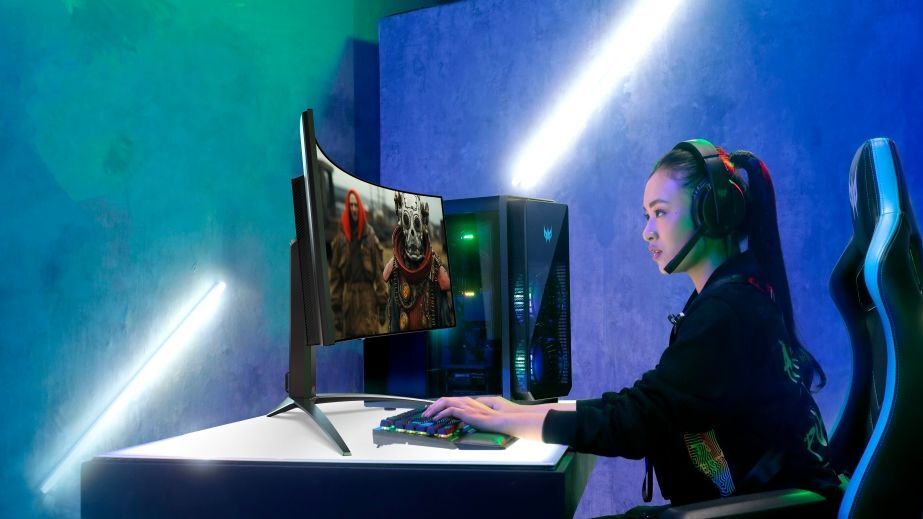Holy crap what is that website. Cant read shit.
I presume it’s because of Dark Reader. Either temporarily disable it or just use Firefox’s built-in reading mode.
disable it
I don’t think I will
Seriously though flash bang white being the standard for webpages is enraging
Maddox sucks, but he had it right in the early 00s.
Holy crap what is that website. Cant read shit.
Here you go:
Insulated blue light-emitting diodes could banish OLED burn-in for good
News
By Aaron Klotz
published 22 hours agoThis new design change could kill off burn-in, reduce manufacturing complexity, and reduce power consumption in future OLED TVs and monitors.
OLED technology is quickly gaining traction in the PC market and powers some of the best gaming monitors. However, the Achilles heel of OLEDs has always been its burn-in, which inevitably reduces the lifespan of OLED monitors and TVs. No one has been able to fully rectify this issue. However, a new OLED design philosophy created by researchers at the University of Cambridge and reported by Nature has the potential to kill off burn-in for good.
To address this, the University of Cambridge has developed a new OLED design that better controls the light from a blue-light-emitting diode and reduces its power consumption. The blue light-emitting diodes are covalently encapsulated by insulating alkylene straps.
OLED burn-in is generated by the emission of unstable and inefficient light from the blue-light-emitting diode in an OLED display. As a result, putting an insulating material over the blue light diode specifically helps reduce the instability of the blue light protecting the display from potential burn-in issues that could occur.
“Here we introduce a molecular design where ultranarrowband blue emitters are covalently encapsulated by insulating alkylene straps,” reads the Cambridge research paper. “Organic light-emitting diodes with simple emissive layers consisting of pristine thermally activated delayed fluorescence hosts doped with encapsulated terminal emitters exhibit negligible external quantum efficiency drops compared with non-doped devices, enabling a maximum external quantum efficiency of 21.5%.”
This new “paradigm” shift in OLED technology has several positive knock-on effects that will further simply the manufacturing process of OLED displays. Current OLED displays use several layers of specialized materials to help reduce burn-in effects, but the introduction of insulated blue light-emitting diodes means that many of these layers can be deleted entirely from an OLED display, reducing manufacturing costs. This new design is also more power efficient, which should lead to more power-efficient OLED monitors and TVs in the future.
If this new OLED design change proves successful, OLED displays will finally be free from the burn-in issues the technology has had since its inception. Displays could run practically forever and not succumb to any brightness changes or designs “sticking” to the screen.
However, this technology is still in the research phase, so it will take time before we see this design methodology shift to the manufacturing phase, where OLED displays are manufactured with this new design in mind.
Thanks 🙂
Thanks! OLED might actually be a viable option for me, if this new tech works out
Yeah, 5 years from now maybe. It’s still in a research stadium
There’s actual burn in, but there’s also perceived burn in (I made the term up) which this wouldn’t fix.
If you leave the TV on for hundreds of hours playing 4:3 TV for example with black bars on each side, those bars aren’t emitting light. Meanwhile the content that is shown is slowly degrading those OLEDs.
Eventually the content OLEDs are dimmer than the black bar OLEDs and you have “burn in” with the bars visible.
So it could still be a problem for things like static displays where there isn’t always moving content.
Would it not be “additive burn-in” and “subtractive burn-in” or something then? Or “differential burn-in?”
That makes sense ya


